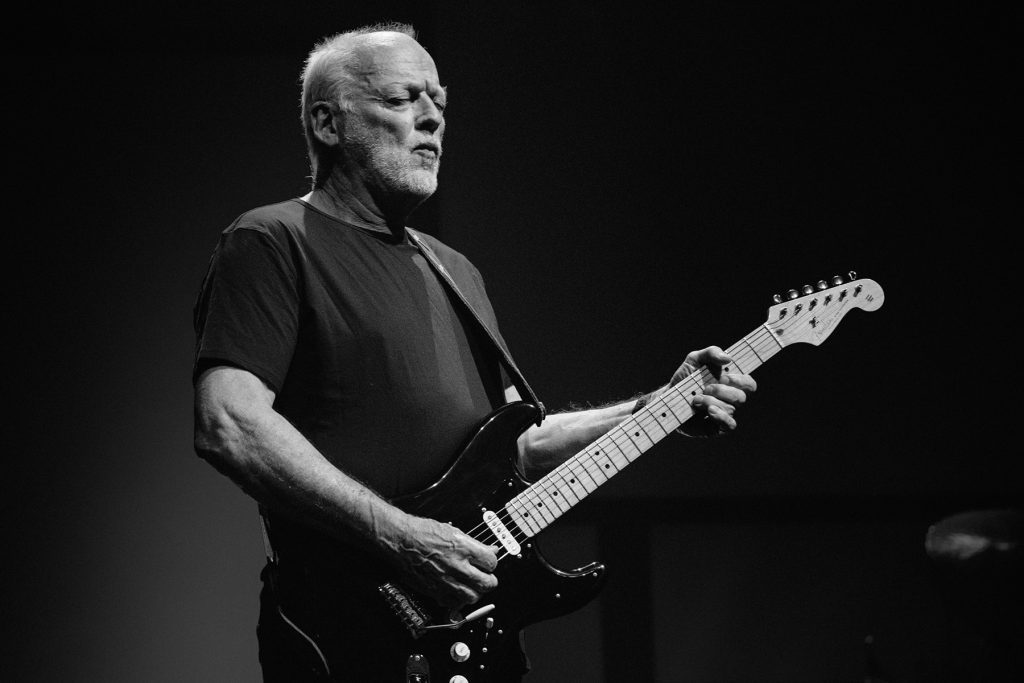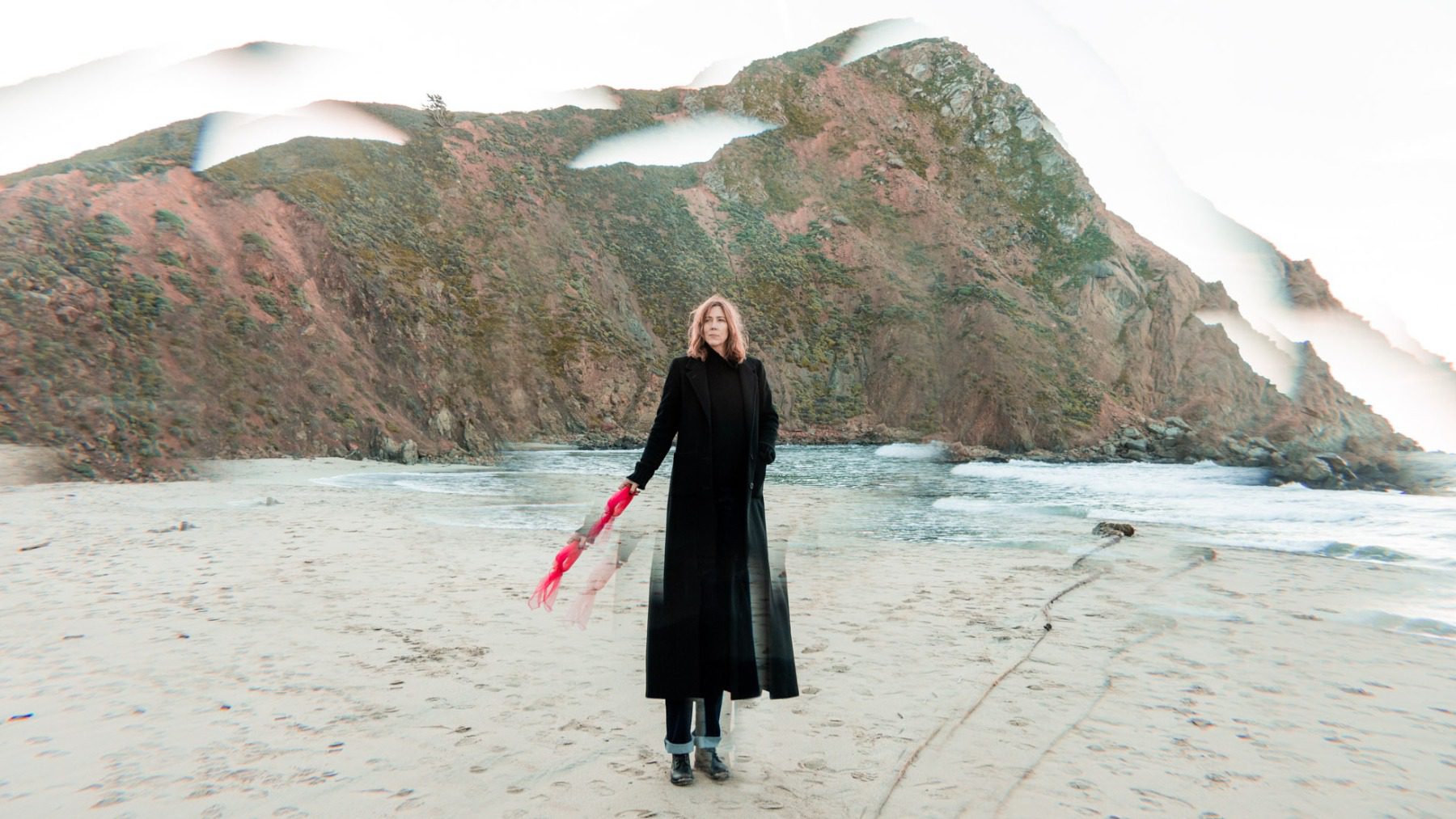
The Hidden Recording Studios of Woodstock, NY
if(typeof(jQuery)==”function”){(function($){$.fn.fitVids=function(){}})(jQuery)};
pmc_jwplayer(‘jwplayer_xjdHQmxr_CbSoxmhC_div’).setup(
{“vloc”:””,”floating”:true,”playlist”:”https:////content.jwplatform.com//feeds//xjdHQmxr.json”,”ph”:2}
);
Throughout history, humans have relied on music to carry stories and bring people together. So IndieLand and Can-Am are embarking on a road trip to spotlight the artists, venues, and recording studios keeping the storytelling legacy alive today. We’re calling the project Common Tread. Join us as we explore the people and places that bridge the divide between music’s past and future.
When most people think of Woodstock, they think of the 1969 festival, but the town itself deserves a closer look. It’s a longstanding artistic haven with roots that stretch back more than a century, and it’s still making culture-defining music today.
In 1903, the Byrdcliffe Arts Colony opened a 30-building hamlet for woodworkers, painters, and potters. Poets and musicians followed, and by the end of the ’50s, folk singers were playing regular gigs on Tinker Street.
And here’s the wild thing — Woodstock the festival didn’t occur in Woodstock the town. The event was some 60 miles away, in Bethel, NY. This historical confusion has kept a cultural spotlight on Woodstock, but it’s also overshadowed the town’s more legitimate cachet, which is far bigger than you’d expect from just 6,000 people living in the Catskills Mountains. (For comparison, the festival drew more than 400,000 attendees.)
blogherads.adq.push(function () {
blogherads
.defineSlot( ‘medrec’, ‘gpt-dsk-tab-article-inbody1-uid0’ )
.setTargeting( ‘pos’, [“mid-article”,”mid”,”in-article1″,”mid-article1″] )
.setSubAdUnitPath(“music//article//inbody1”)
.addSize([[300,250],[620,350],[2,2],[3,3],[2,4],[4,2]])
;
});
One way to understand Woodstock’s real impact on music is to look at the recording studios it produces. The year of the infamous music festival, Albert Grossman — manager for some of the biggest artists of the time — opened Bearsville studio, which went on to record platinum albums into the 90s. And today, two notable studios, Dreamland and Allaire, continue the recording legacy.
Together, IndieLand and Can-Am recently visited the two present-day studios. Dreamland is built inside a church erected in 1896, and a barrier of surrounding trees hides the steeple from the main road. The studio’s run by Jerry Marotta, a drummer and industry legend who spent decades touring with some of the biggest names in rock.
Allaire, the second recording studio, is a 27,000-square-foot mountaintop estate overlooking New York City’s water reservoir. Thanks to windows that stretch from the wooden floors to the vaulted ceilings, the studio’s recording rooms offer sweeping panoramas of the reservoir. “I thought every band I knew would probably want to be here,” says Randall Wallace, the owner, about his decision to buy the property in 2001. “When you record, when you track, everyone gets a gorgeous view.” (Interestingly, Wallace is the grandson of Henry Wallace, vice president under Franklin D. Roosevelt.)
Woodstock isn’t a moment in time. It’s an ongoing force in music and it’s something you have to see to believe.
DRIVING NOTES
The newest addition to Can-Am’s Spyder lineup, the RT Sea to Sky, is a serious touring machine. It comes with a suite of comfort features that include heated, adaptive-foam seats and extra-long floorboards to rest your tired feet. But what strikes me as most useful for serious road dogs is the 47-gallon storage capacity. Inside the panniers and under the front hood you’ll find custom-fit luggage, including a rolling bag, which nests perfectly during travel. That makes it easy to pack and unpack inside the hotel, rather than in the parking lot.
Check out the rest of the Common Tread series




